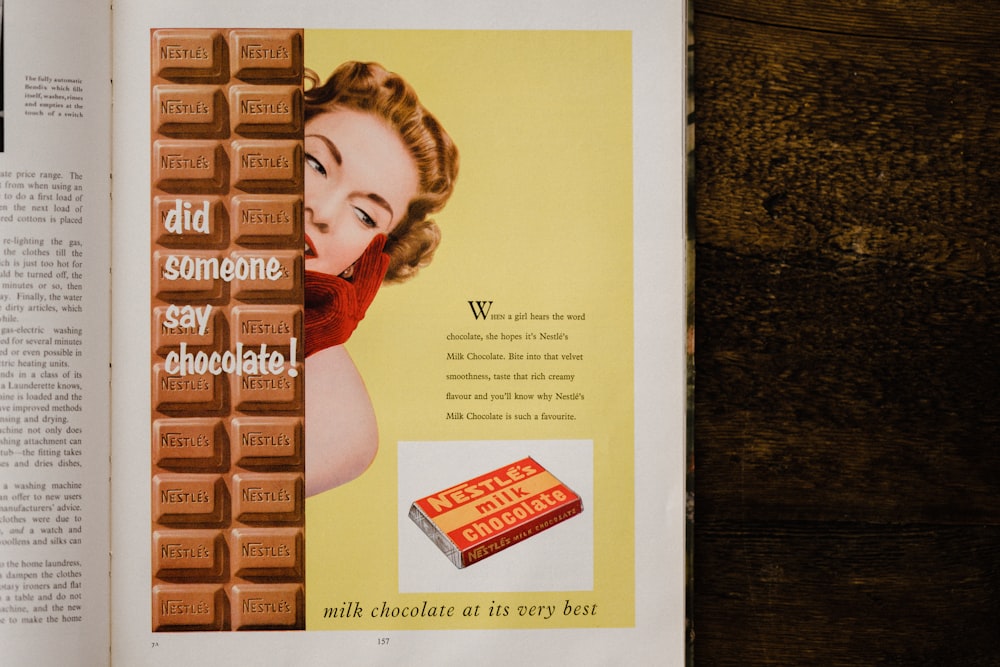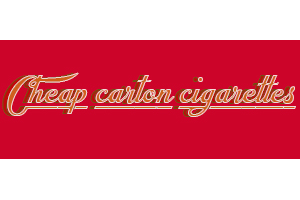50s price
How Much Did Things Cost in the 1950s – USA? A Look at the Average Cost of Living

Image Source: Unsplash
50s price
Firstly, The 1950s were a transformative era in American history, characterized by economic growth, technological advancements, and changing societal norms. During this time, the cost of living in the United States was significantly different from what it is today. In this article, we will explore the average costs of various items and services in the 1950s, providing a glimpse into the lifestyle and purchasing power of the era.
Housing: The Rise of Suburban Living
Secondly, The 1950s witnessed a housing boom in post-war America, fueled by the growing demand for suburban living. The average cost of a new home during this decade ranged from $10,000 to $15,000. It’s important to note that these prices were influenced by factors such as location, size, and amenities. The affordability of housing was a key factor in the suburbanization trend, as families sought larger homes and a quieter lifestyle away from the cities.
Thirdly, During the 1950s, the construction of new suburban developments, such as Levittowns, played a significant role in meeting the housing needs of the growing population. These developments, pioneered by William Levitt, offered prefabricated houses that could be assembled on-site in a day. The original Levittown house, built in the 1940s, cost $7,990, but by 1956, new homes could be found for as little as $7,000. The average new build family home in 1956 was a 3-bedroom rambler (ranch-style house) selling for $14,500.
Transportation: The Automobile Era
Fourthly, The 1950s marked the heyday of the automobile industry in the United States. Car ownership became a symbol of the American Dream, and the average cost of a new car ranged from $1,500 to $3,000. The most popular car manufacturers during this time were Ford, General Motors, and Chrysler.
Furthermore, Imported cars had a limited presence in the US market, but the success of the West German Volkswagen prompted American manufacturers to produce smaller cars. The Ford Falcon, Plymouth Valiant, and Chevrolet Corvair were introduced in 1959 as smaller alternatives to the larger American cars. The prices of these European imports in the 1950s ranged from $1,398 for a Fiat 500 to $1,686 for a Volkswagen.
Moreover, Gasoline prices in the 1950s were considerably lower than today, with an average cost of around $0.20 to $0.25 per gallon. The affordability of gas allowed families to hit the road and explore the country, contributing to the rise of road trips as a popular form of travel.
Food: Grocery Shopping in the 1950s
In addition, The cost of groceries in the 1950s was significantly lower compared to today. Families could afford a variety of food items at relatively affordable prices. For example, a loaf of bread cost around $0.14, a gallon of milk was approximately $0.82, and a dozen eggs could be purchased for about $0.59. Soft drinks, such as Coca-Cola, were also much cheaper, with a bottle costing around $0.05.
Here’s a glimpse into the average prices of various food items in the 1950s:
- Bread (1 lb): $0.14
- Milk (1 quart): $0.82
- Eggs (1 dozen): $0.59
- Ground beef (1 lb): $0.53
- Chicken (1 lb): $0.29
- Bacon (1 lb): $0.63
- Coffee (1 lb): $0.85
- Sugar (5 lb): $0.37
- Flour (5 lb): $0.30
- Oranges (1 lb): $0.10
- Apples (1 lb): $0.12
- Bananas (1 lb): $0.10
- Potatoes (10 lb): $0.59
- Cabbage (1 lb): $0.06
- Carrots (1 lb): $0.08
- Celery (1 lb): $0.14
- Lettuce (1 head): $0.19
- Tomatoes (1 lb): $0.16
- Canned soup (10.5 oz can): $0.15
Finally, It’s important to note that these prices were relative to the economic conditions of the time, and people’s purchasing power was different compared to today.
Entertainment: Movies and Television
Lastly, In the 1950s, entertainment options included going to the movies and watching television, which was still a relatively new medium. The average cost of a movie ticket ranged from $0.50 to $0.75, making it an affordable form of entertainment for families. Television sets, on the other hand, were considered a significant purchase, with prices ranging from $200 to $500 for a black-and-white television set. This investment brought the world of entertainment into people’s living rooms, revolutionizing the way they consumed media.
Clothing: Style and Affordability
Clothing prices in the 1950s were more affordable compared to today. A men’s suit, a staple in many wardrobes, cost around $40 to $60, while a women’s dress could be purchased for approximately $20 to $30. The average wages and income levels were also lower during this time, so people’s spending power was different compared to today.
Here’s an overview of the average prices of clothing items in the 1950s:
- Men’s suit: $40-$60
- Men’s dress shirt: $3-$5
- Men’s casual shirt: $2-$3
- Men’s t-shirt: $1-$2
- Men’s jeans: $3-$5
- Men’s shoes: $8-$12
- Women’s dress: $20-$30
- Women’s blouse: $2-$5
- Women’s skirt: $6-$10
- Women’s sweater: $6-$12
- Women’s shoes: $8-$12
- Children’s clothing: $1-$5
- Baby clothes: $0.50-$3
- Socks: $0.25-$0.50
- Underwear (per piece): $0.50-$1
Education: The Cost of College Tuition
The average cost of college tuition in the 1950s was significantly lower compared to today. On average, a year of tuition at a public university cost around $200 to $500, while tuition at a private university ranged from $600 to $1,000. These prices were affordable for many families, enabling more individuals to pursue higher education.
Vacation: Exploring the Country
Taking a vacation in the 1950s was more affordable compared to today’s standards. Families could enjoy a week-long vacation to popular destinations such as Florida or California for around $500 to $1,000, including travel, accommodation, and meals. Road trips became a popular way to explore the country, and families could enjoy the freedom of the open road without breaking the bank. 50s price
Household Appliances: Modern Conveniences
The rise of consumerism in the 1950s also saw an increase in the availability of household appliances. The average cost of a refrigerator was around $250 to $400, a washing machine ranged from $200 to $300, and a television set could be purchased for approximately $200 to $500. These appliances were considered modern conveniences that many families aspired to have in their homes. 50s price
Childcare: Affordable Assistance
The cost of childcare in the 1950s was significantly lower compared to today’s prices. Families paid approximately $0.50 to $1 per hour for daycare or babysitting services. Many families relied on relatives, neighbors, or stay-at-home parents for childcare, as formal daycare centers were not as prevalent as they are today. 50s price
Healthcare: Affordable Medical Services
Healthcare costs in the 1950s were also lower compared to today. A routine doctor’s visit cost around $5 to $10, while a hospital stay for childbirth or surgery ranged from $100 to $500. Health insurance was not as common as it is today, and many families paid for medical expenses out of pocket. 50s price
Conclusion: A Glimpse into the 1950s Economy
The 1950s were a unique time in American history, characterized by economic growth and changing societal norms. The average costs of various items in the 1950s reflect the economic conditions and purchasing power of that era. It’s important to note that these prices were relative to the time and do not account for inflation and changes in the economy over the years. Nonetheless, they provide valuable insights into the average cost of living during this transformative decade. 50s price
As we reflect on the prices and affordability of goods and services in the 1950s, we gain a deeper understanding of the lifestyle and purchasing power of the era. The 1950s may seem like a distant past, but the echoes of that time continue to shape our understanding of economics, society, and culture today.
Additional Information: The 1950s witnessed significant social and cultural changes, including the rise of the middle class, the baby boomer generation, and the advent of television as a popular form of entertainment. These factors influenced consumer behavior and the demand for various goods and services during this era.
Tone of Voice: Informative, Nostalgic
